Headache on the Hill 2020: Representing Texas
Headache on the Hill Background
It was a beautiful Sunday morning. Suitcase on one arm, service dog on the other, I entered the Dallas-Fort Worth International airport to catch a flight bound for Washington DC. Fighting the urge to stay curled in bed or play fetch in our backyard, Gunner and I made a trip to the cold and rainy Reagan Airport in DC to serve a larger purpose, to advocate for the 37 million Americans fighting migraine disease.
This was my second time attending Headache on the Hill, and I was honored to be serving the migraine community again as a representative of Texas, the Diamond Headache Clinic, Miles for Migraines, and Chronic Migraine Awareness Inc. I was privileged to represent the 4 million migrainuers of Texas. I am grateful to be a part of the Diamond Headache Unit family, despite my distance from the clinic. Finally, I was honored to be representing Miles for Migraine as a scholarship recipient, and Chronic Migraine Awareness Inc. as a volunteer.
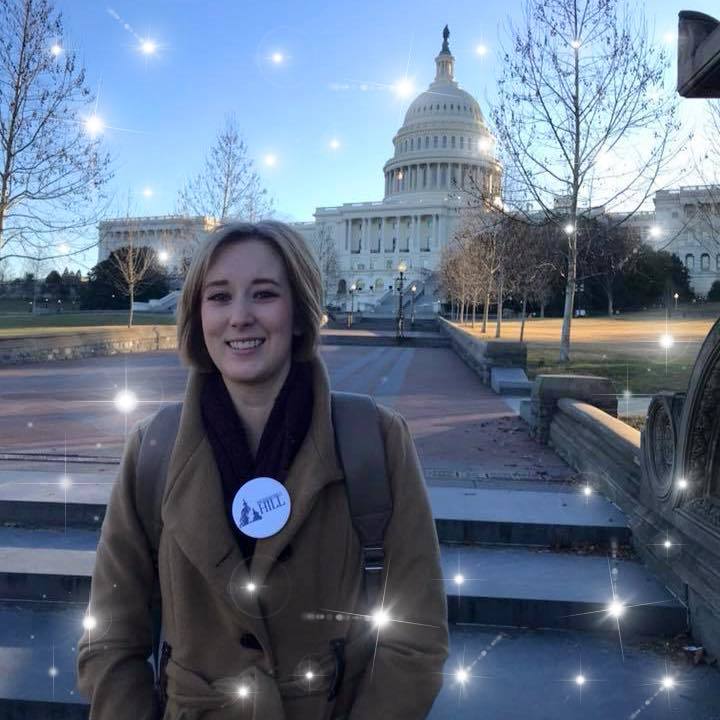

My Story
I’ve been fighting migraine disease for more than 15 years. My first attack happened when I was 11 years old. It sent me home from school, and straight to my mom’s neurologist’s office for treatment. I’ll never forget the searing pain paired with the overwhelming light sensitivity as a 6th grade student that seemed to come from out of nowhere. Thankfully, due to extensive family history of migraines, no one had any doubt about what was occurring, and they were able to quickly begin to develop a treatment plan.
My original migraine triggers were identified quickly as: hormonal, barometric pressure changes, and a small group of food triggers. My original symptoms included: head pain isolated to the right side of the face and right temple region, nausea, vomiting, dizziness, light sensitivity, and sound sensitivity.
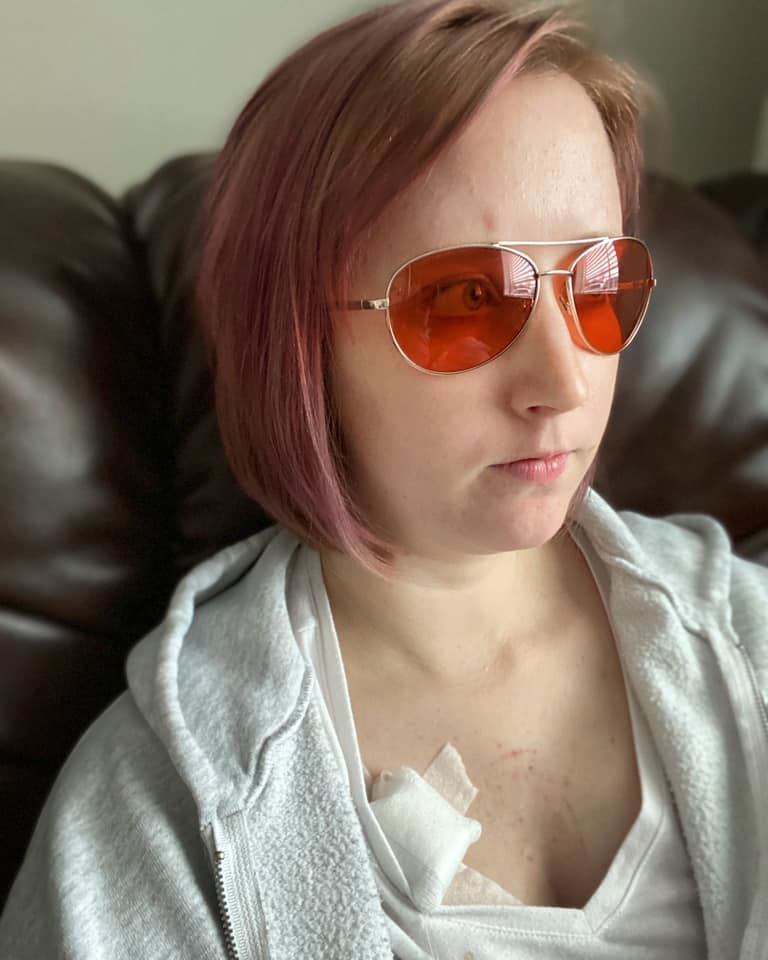
At 17 years old, I entered my first migraine cycle. I was a member of the marching band, and we were at our national band competition in Indianapolis. It was the end of our final performance, when under the bright stadium lights, my aura started. Small black spots outlined by electricity slowly crept across my field of vision. I made it up to the font sideline at the end of the show, looked at the person next to me, and said “I think I’m going to…”, but before I could finish my thought, I lost consciousness and fainted for the first time. When I came to, I was face to face with our band nurse and surrounded by a fairly large group of concerned onlookers trying to assess if I was okay. I threw a towel over my head to try to block some of the light, and started answering the concussion protocol questions for the nurse. Once I was cleared from concussion, the question became, did the fainting episode cause the migraine or was the fainting episode my new prodrome(a foreshadowing event that alerts a migrainuer that a migraine is about to begin). Whichever it was, what we soon found out was that this particular migraine was here to stay. This migraine cycle lasted for 93 straight days. During this 93 day cycle, I lost nearly 20 pounds, missed 10 days of school, and ended up in Children’s Medical Center in Dallas before my doctors were able to stop the refractory migraine pain.
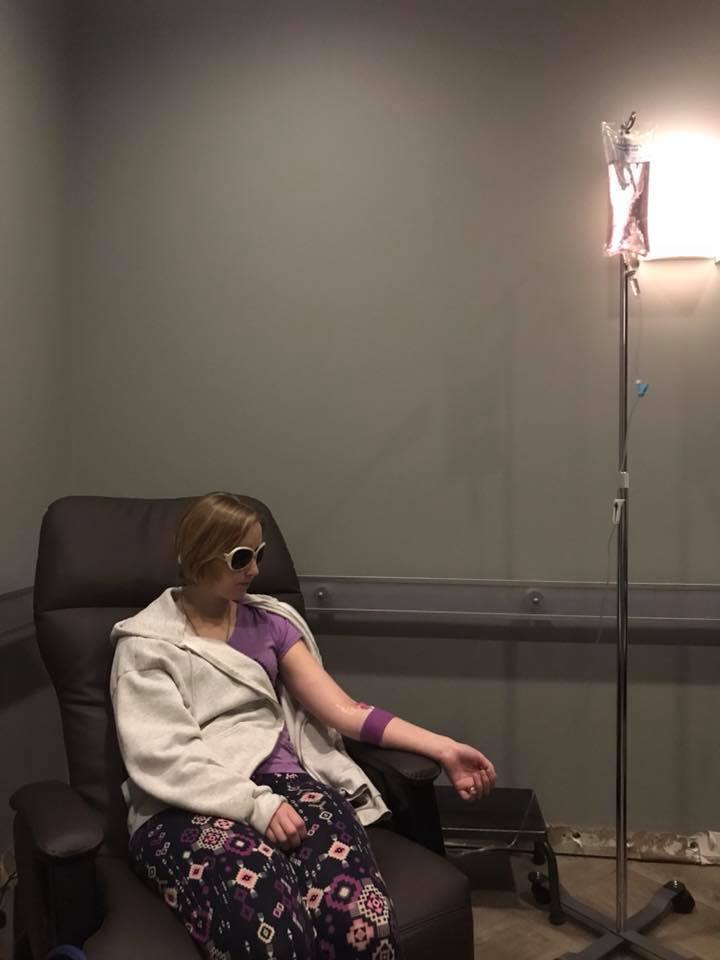
Once that migraine cycle was broken, I would experience pain free days again for a while. However, I would experience fewer and fewer pain free days each month and I would be reclassified from episodic migraines(less than 15 migraine days per month) to chronic migraine(having 15 or more days per month of migraine pain). My day-to-day pain levels would vary, but I would consistently struggle with headache pain more than 15 days per month until I was about 22 years old. I would try more than 100 different preventive medications and therapies over those 5 years to attempt to regain control over my migraines. Those attempts would all fail.
It was right around my 22nd birthday when I would wake up with a headache that would become the monster that ruled over my life for more than 2 years. The cycle starting in April 2015, I woke up with a migraine that did not go away for more than 742 days. During that migraine cycle, I would see more than 8 local neurologists, headache specialists, and pain management specialists. Eventually, after exhausting local options, I was referred to the Diamond Headache Unit in Chicago, IL. The waitlist to see a doctor in the clinic would be nearly 18 months. At my first appointment with the Diamond Headache Clinic I was admitted to their inpatient unit for treatment of my chronic intractable migraine. This unit allowed my mom and I to be in the hospital while I received regular IV infusions, dietary adjustments, physical therapy, and classes. The clinic also assessed me for other comorbidity conditions to ensure a holistically effective treatment plan. While at the Diamond Headache Unit, we learned that in addition to migraine headaches, I have Ehlers Danlos Syndrome and Positional Orthostatic Tachycardia Syndrome. The utilization of this inclusive approach is what finally broke my 742 day migraine.
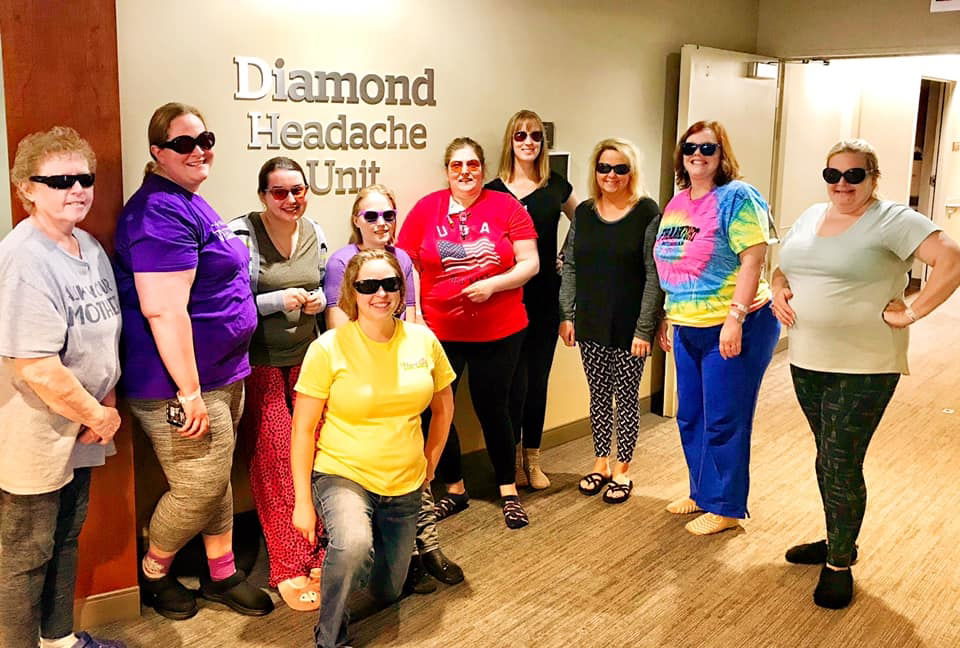
After my stay in the Diamond Headache Unit, I attempted to return to receiving care in the Dallas-Fort Worth Metroplex, but we found that most of the clinics in DFW lacked the resources that the Diamond Headache Clinic has access to. The lack of resources and understanding among my local providers became clear in the spring of 2019.
It was the week of Mother’s Day in 2019 when my husband and I found out that we were expecting our first child. We were ecstatic about the future, while also overwhelmed with questions about the implications of migraine headache and treatment while I was expecting. Every doctor’s knee-jerk reaction was to strip me off of all of my medications that were being used to treat my migraines and other health conditions, despite the fact that these conditions did not just stop because I was pregnant. The rapid elimination of medications being used to prevent and treat my migraine headaches lead to an increase in my symptoms. After meeting with my local headache specialist and a local OBGYN who were unsure about how to handle my case, it became clear that I would have to go back to the Diamond Headache Clinic in Chicago to get medications that could be safely used during pregnancy. Sadly, we lost the pregnancy just before we were able to get back to see my doctor in Chicago. It is our loss that compels me to continue my advocacy work. While I’m grateful for the continued support of my team of doctors at the Diamond Headache Clinic and the doctors who help me at North Texas Institute of Neurology and Headache as they work together to find the best combination of tools to manage my migraines, I recognize the ever-growing need for more specialists with the advanced training to treat headache and other pain disorders.
Headache on the Hill: The Day
On February 11th, 2020, more than 170 advocates from 41 states met with hundreds of representatives to encourage them to support the Opioid Workforce Act(HR 3414/S 2892). A piece of legislation whose primary goal is to increase the number of fellowships for headache and pain specialists. The Opioid Workforce Act would fund 1,000 new fellowships for Addition Medicine, Addition Psychiatry, and Pain Medicine. This increase in the number of funded positions would begin to correct the current shortage of doctors that the United States is facing since the Balanced Budget Act of 1997 capped medicare funding. It is anticipated that, if not corrected by legislation including the Opioid Workforce Act, the United States will have a shortage of more than 100,000 doctors by 2032.

Some important headache statistics that relate to this bill include that there are more than 4 million Texans diagnosed with headache disorders, yet there are only 42 headache specialists in the entire state of Texas. To drive home the importance of this bill, across the US there are only 1.2 headache specialists to every 100,000 headache patients. There is a need for there to be at least 8 specialists to every 100,000 headache patients.
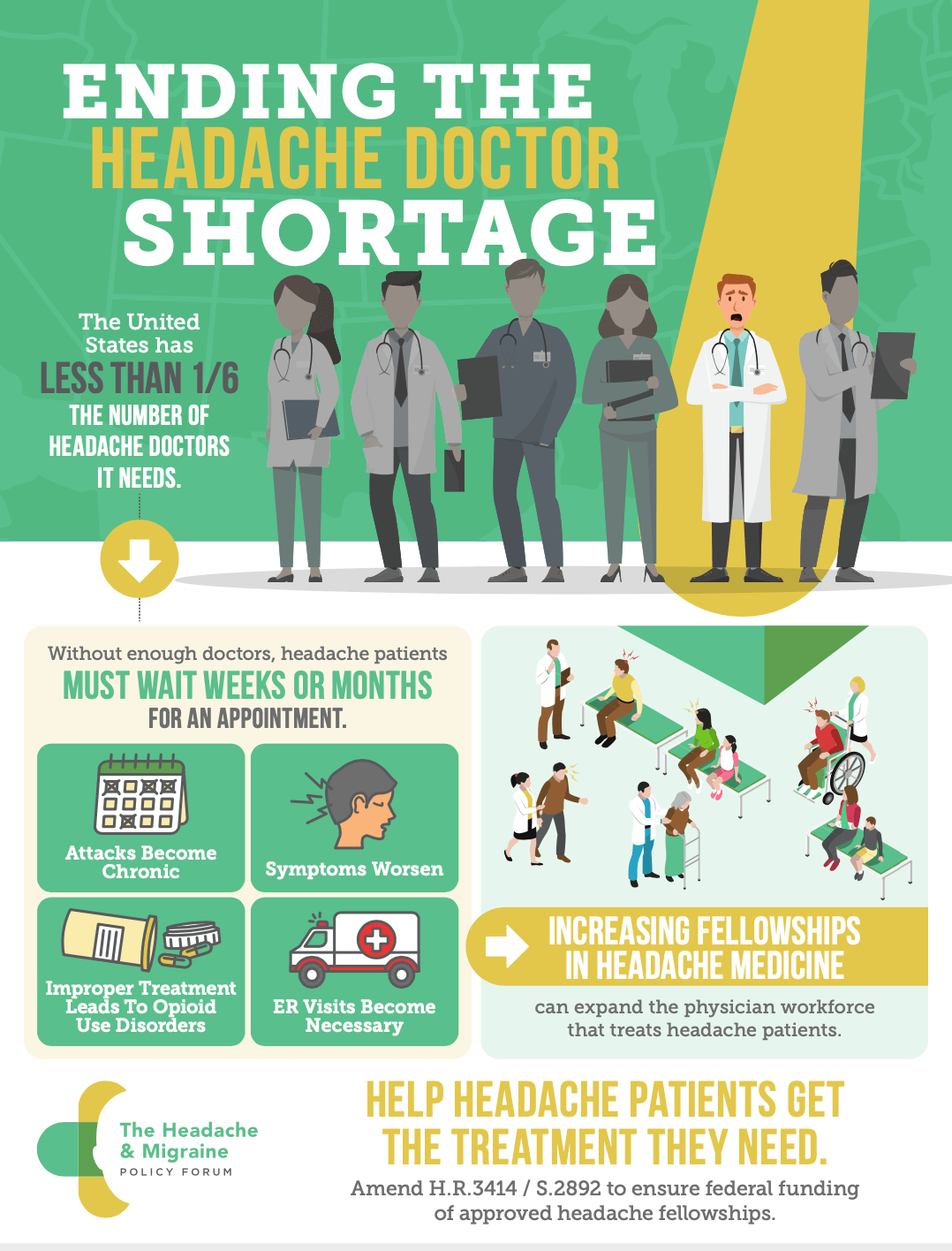
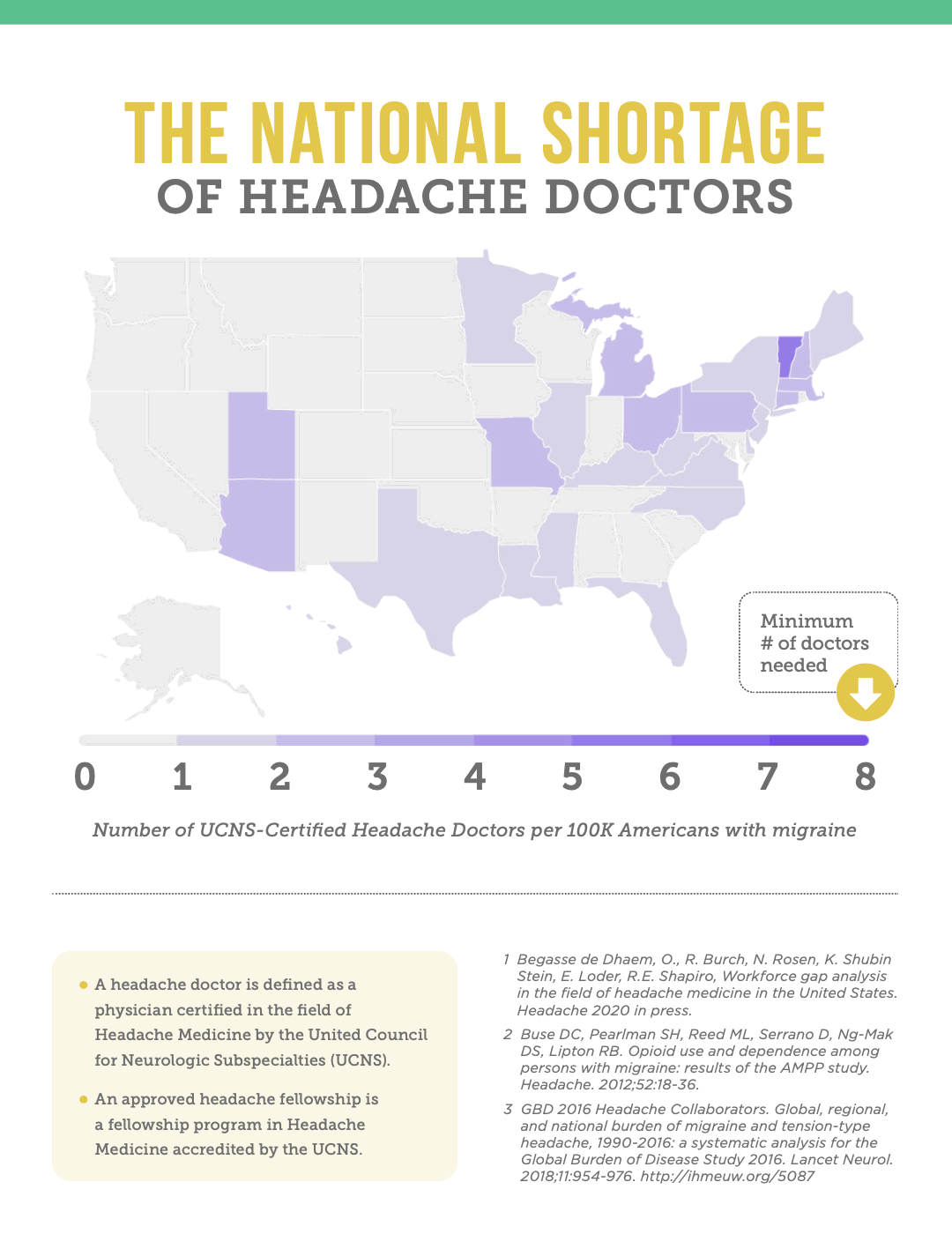
As a member of Team Texas, my teammates and I took meetings with 5 representatives of Texas. Despite each of us fighting our own migraine headaches, we got up and dressed. We fixed our hair and put on our make up to put our best foot forward to meet with the representatives for Texas. For me, the day started with breakfast and migraine medication as I got ready to go downstairs and get on the bus to head for the hill. It was important that I had my medication, ear plugs, sunglasses, face masks, and Gunner’s gear for us to be able to have a successful day of meetings with our representatives. I knew it would be a day full of migraine triggers, but also an incredibly empowering experience.
We started our day attending Senator Cruz’s Texas Tuesday. We met with both Senator Cruz and his Legislative Counsel about S2892. We had the opportunity to share our stories with Senator Cruz’s Legislative Counsel, and an opportunity to emphasize the importance of the bill to Senator Cruz by sharing some of the previously stated statistics about migraine and headache disorders. Our hope is that Senator Cruz’s office will be moved to co-sponsor S2892.
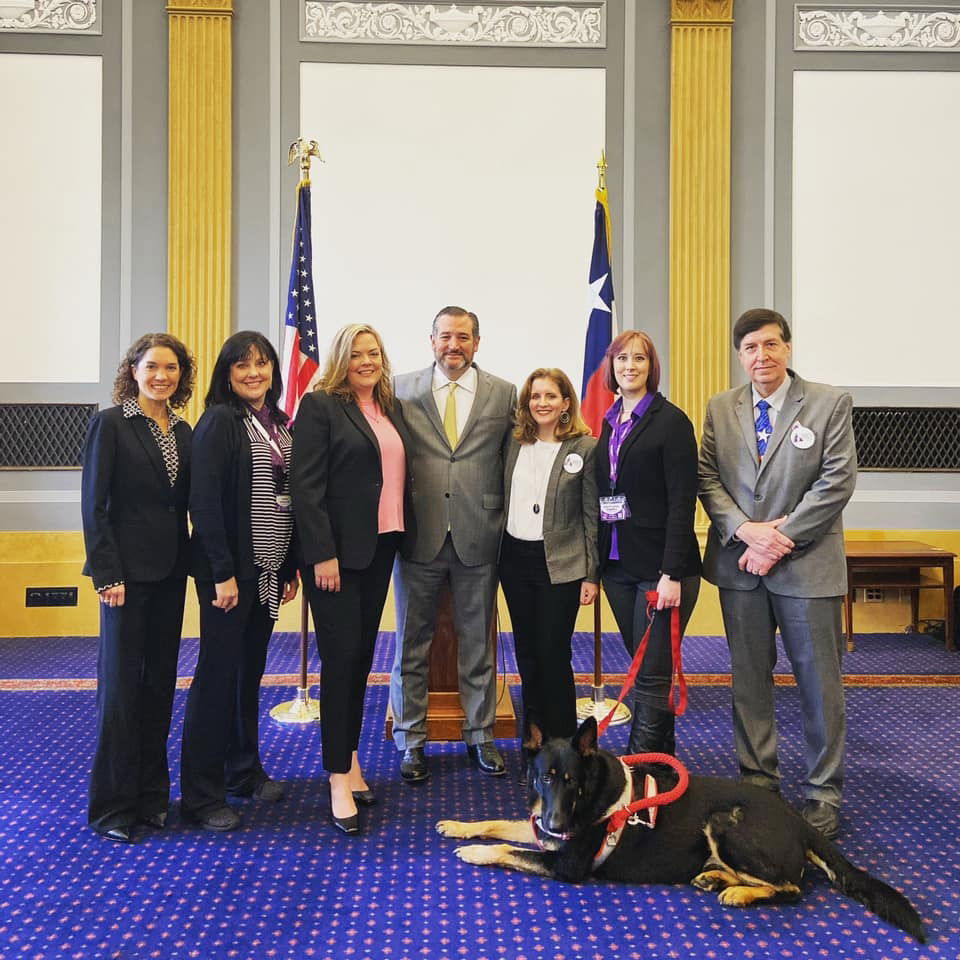
Before lunch, we also had the chance to sit down with Senator Cornyn’s Legislative Correspondent. Senator Cornyn’s Legislative Correspondent shared with us that he had experience with headache disorders. His patience and engagement with our group was appreciated. We hope that Senator Cornyn’s office will also consider becoming a co-sponsor for S2892.

Throughout the morning, my migraine had been building in my right temple. My lunch break included a necessary caffeine fix and a medication break in order to be able to keep going for the rest of our meetings on the hill.
For the afternoon, Team Texas had to split up. My group took meetings with Representative Williams and Representative Marchant. We shared with their office about HR 3414, and shared with them about our migraine experience as Texans in a state with limited migraine resources. We shared the statistics about the 4 million Texans who are also impacted by migraine and headache disorders. We hope that both Representative Marchant and Williams will decided to become cosponsors of this important bill.
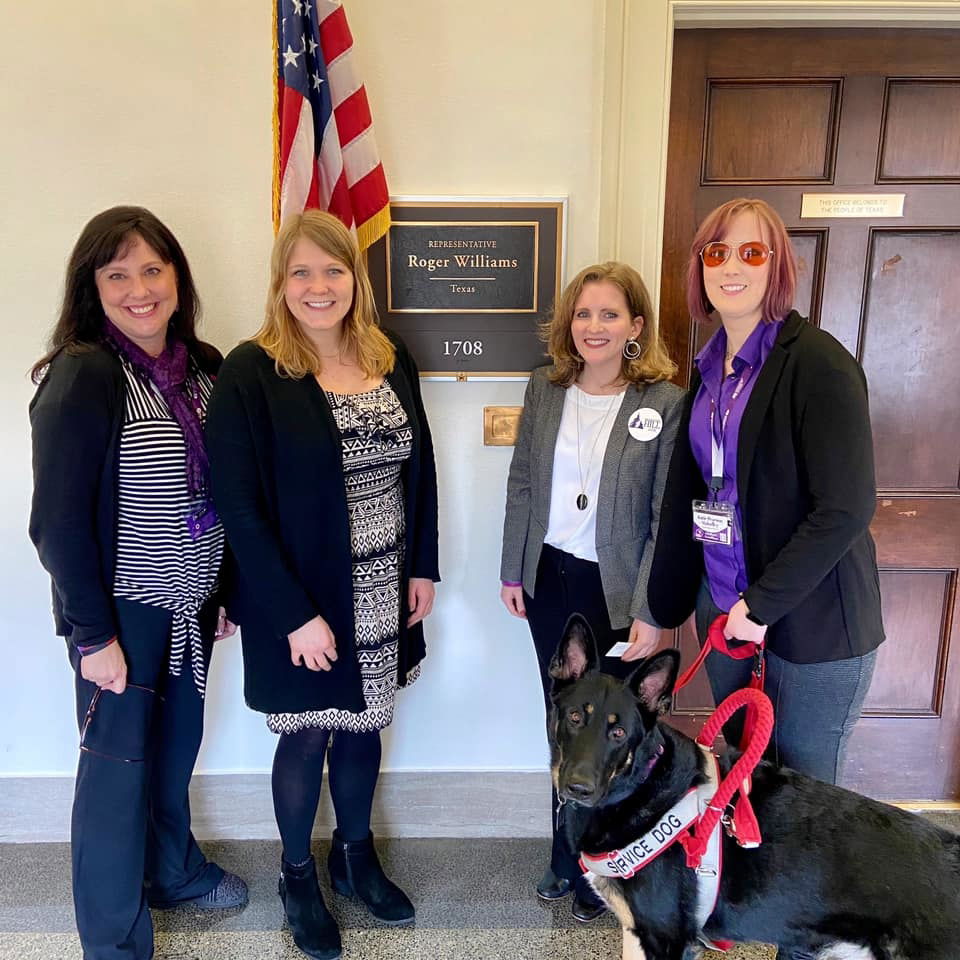
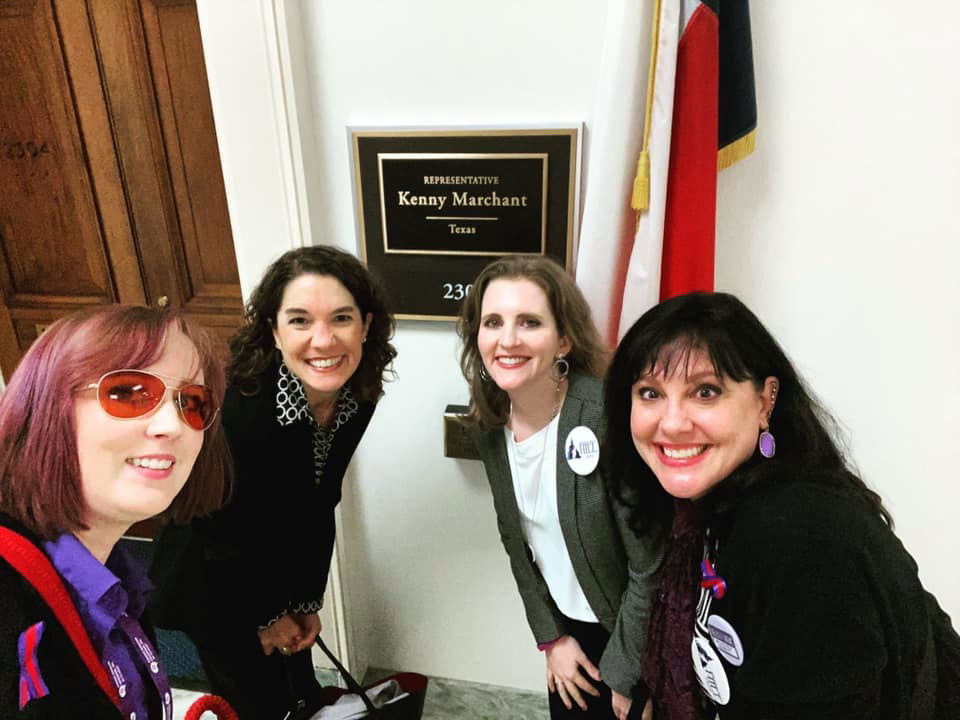
The day ended with sunglasses, ice packs, and another dose of migraine medicine to get through dinner and packing up to go home. I am so proud that Gunner and I were able to get through our second Headache on the Hill and meet with as many representatives as we could. We hope that our work will impact HR 3414/ S 2892, and it’s pathway to implementing change.

What can you do now to help?
You can also help to be a part of the solution to the physician shortage by contacting your representative. You can do so by clicking here and completing the requested information to email your representatives!
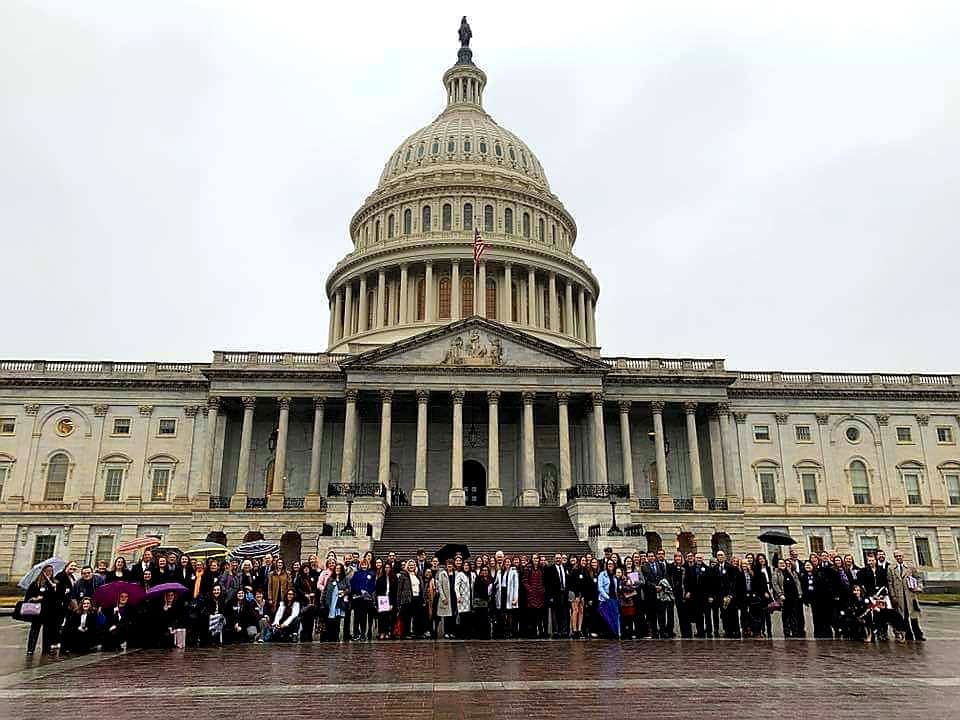
If you don’t have your own personal story to share with your representatives or are not at a point in your path where you’re ready to share your story with your representatives, then I invite you to share mine.
Thank you for taking the time to read this. I hope you'll follow the link above and write to your representatives.
Wising you Wellness,
Katie Pearson Mahaffey & Gunner the Service Dog
Patient Advocates
the.technicolor.zebra@gmail.com
@the.technicolor.zebra
@gunner.the.service.dog